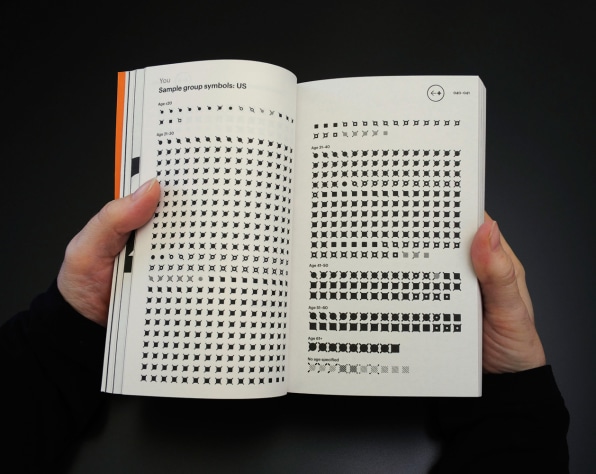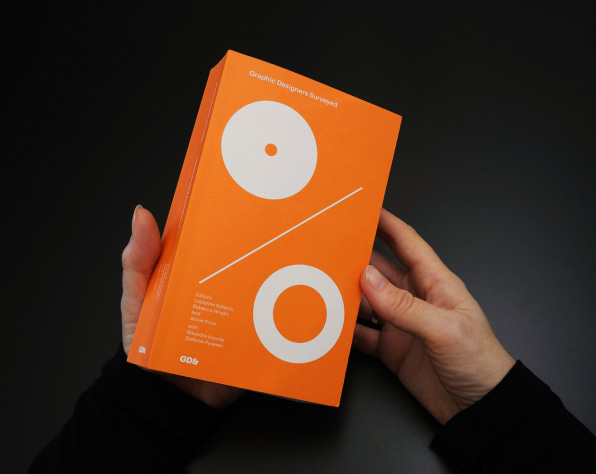best mouse for graphic design
Authorship in the design world is murky territory, especially when it comes to graphic design. "The designers who work their black magic on the global economy are also largely unknown to us," writes sociologist Nikandre Kopcke in the introduction to Graphic Designers Surveyed, a new book from U.K. studio publishing house GraphicDesign& that seeks to quantify an industry that's difficult to define. "They are also largely unknown to themselves."
In an effort to fill the gap of concrete data about graphic designers, GraphicDesign& polled 1,988 designers in the U.K. and the U.S., asking about everything from salary to work satisfaction to gender perceptions within the industry. Led by GD&'s Lucienne Roberts, Rebecca Wright, and Jessie Price, the team also enlisted the sociological expertise of Kopcke to create the survey and data designer Stefanie Posavec to visualize some of the more complex data. They present their findings in the beautifully designed, full-blown print book, now available through their webshop. We've pulled out some of the most interesting revelations below.

They're Overworked And Underpaid, But Largely Undeterred
In 2014, the mean annual income in the U.S. was $47,230 (In 2012, the mean annual income in the U.K. was £28,800). In the U.S. and U.K., nearly half of the people surveyed worked 41-50 hours a week, with U.S. designers generally working more hours than their U.K. counterparts. And 78% of people polled, from both the U.S. and U.K., say they work more hours than they get paid to work. "Generally, designers reported that they were 'getting by' or 'living comfortably' on their income," Roberts, Wright, and Price write. "But 45% reported that their income was 'unpredictable."
They're Young
While the survey size was fairly small–at 1,988 designers polled–it revealed that the average survey participant was in his or her twenties. Responders were also fairly homogeneous: overwhelmingly white (88% in the U.K. and 79% in the U.S.) and with at least a bachelor's degree.

They Suffer From A Major Gender Gap
When asking male and female designers questions about their salary, education, and confidence in their work, GD&'s survey underscored the perception that graphic design is a male-leaning industry. Though there are more women getting graphic design degrees than men, there are fewer female graphic design educators. Men were more likely to think their work was better than their peers' work–and they felt more comfortable promoting it. And whereas men felt that success was the result of hard work, women were much more likely to think that who you know is a greater advantage. The report illustrated that this imbalance extended to income:
Income inequality was stark across the board, with women designers in the U.S. one and a half times more likely than men to be making less than $30k a year, and nearly twice less likely to be making more than $90K. The U.K. results were even more definitive: Women were one-and-a-half times more likely to be earning less than £20K, but six times less likely to be earning over £60K.

They Actually Enjoy Critical Feedback
Despite the cultural stereotypes about their fragility, surveyed graphic designers said that feedback from clients, bosses, and team members is a large and positive part of their jobs. And while negative feedback is never fun to receive, the survey participants suggest that they can take it–and turn it into something helpful. Most designers polled said they find negative feedback to be constructive (31%) or at least an "interesting challenge" (21.6%).
For more industry insights, the book can be bought for £15 (around $21) on GraphicDesign&'s site. For more beautifully presented statistics, click through the gallery above.
best mouse for graphic design
Source: https://www.fastcompany.com/3057540/who-are-graphic-designers-anyways
Posted by: bestthame1959.blogspot.com

0 Response to "best mouse for graphic design"
Post a Comment